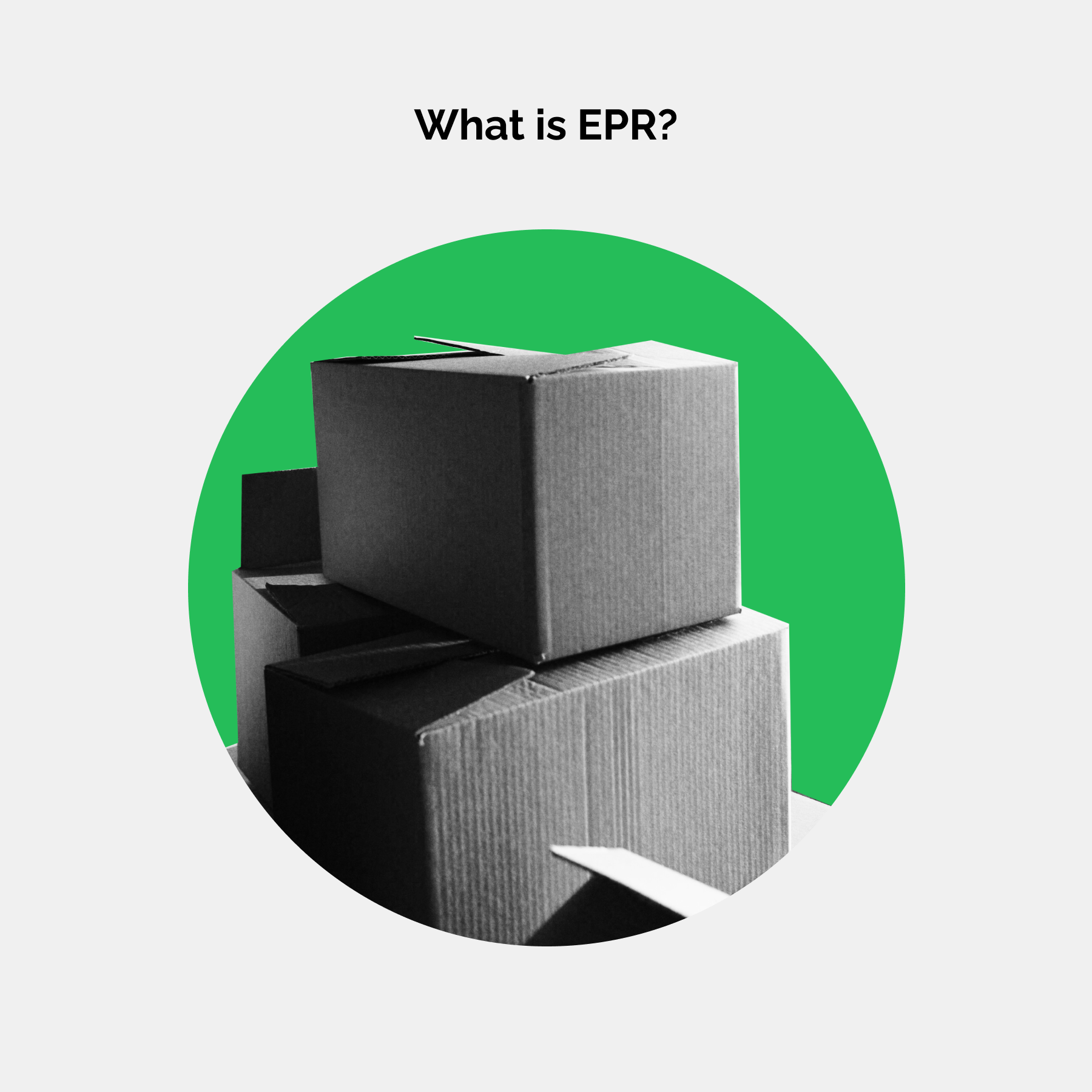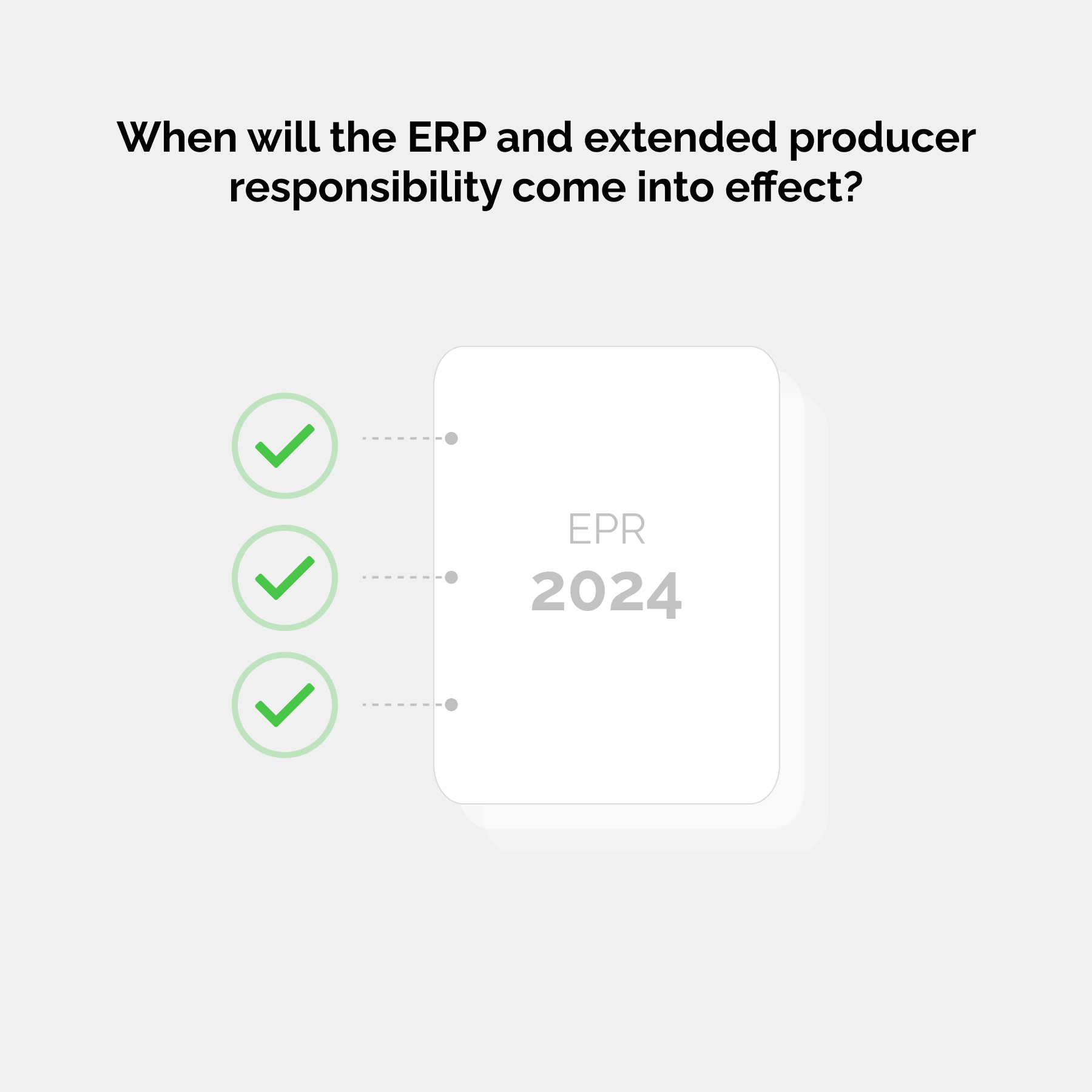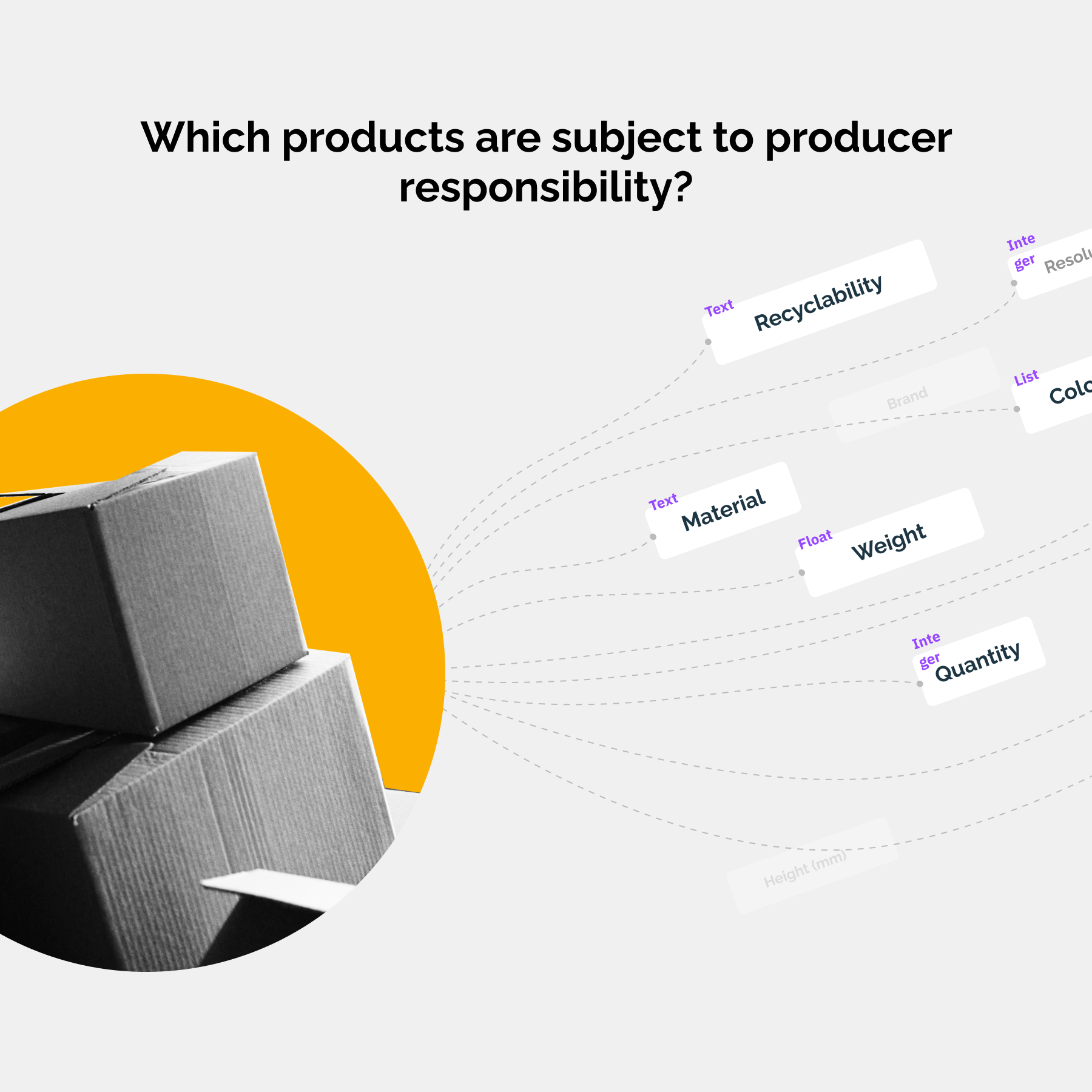Do you need to report on your use of packaging?
Producer responsibility for packaging is an EU directive aimed at contributing to a more circular economy within the Union. The directive is introduced to reduce the use of unnecessary packaging, promote the use of recycled plastics, and make it more costly for companies to use environmentally harmful packaging.
Danish authorities expect that approximately 41,000 Danish companies will need to report on their use of packaging as a result of the implementation of the EPR directive.
On this page, we review the key aspects of the new directive, examine who is affected, what requirements are imposed, and how you can best keep up with developments regarding legislation, sanctions, and guidelines from the Danish authorities.

What is EPR?
Producer responsibility for packaging is an EU directive designed to contribute to a more circular economy within the Union. The directive is introduced to reduce the use of unnecessary packaging, promote the use of recycled plastics, and make it more expensive for companies to use environmentally harmful packaging.
Danish authorities expect that approximately 41,000 Danish companies will need to report on their use of packaging as a result of the implementation of the EPR directive.
Following the directive’s entry into force, Danish companies will be required to measure and report on their use of packaging going forward.

When does EPR and Extended Producer Responsibility come into effect?
The directive has already come into effect, as in April 2024 companies were required to register in the scheme and report their expected amount of packaging placed on the market for the year.
Accordingly, companies must report their packaging amounts in kilograms (kg) for the following types:
-
Paper
-
Cardboard
-
Metal
-
Aluminium
-
Glass
-
Plastic
-
Food and beverage cartons
-
Wood
It must also be reported how much packaging ends up with businesses and in households, respectively.
Are you ready for a non-binding chat?

On which products is there producer responsibility?
Producer responsibility applies to all types of packaging used for the protection, packing, delivery, handling, and presentation of goods. Relevant types of packaging include:
-
Sales packaging (primary packaging)
-
Multipack (secondary packaging)
-
Transport packaging (tertiary packaging)
-
Service packaging
-
Reusable packaging
-
Primary production packaging
For all the above types of packaging, reporting is required on raw materials, recyclability, material usage, and much more.
What is EPR? (or Extended Producer Responsibility)
Producer responsibility for packaging is an EU directive aimed at contributing to a more circular economy within the union. The directive was introduced to reduce the use of unnecessary packaging, promote the use of recycled plastics, and make it more costly for companies to use environmentally harmful packaging.
The Danish authorities expect that approximately 41,000 Danish companies will have to report on their use of packaging as a result of the introduction of the EPR directive.
These companies have the option to join collective schemes that will take over responsibility for the packaging introduced by the companies to the Danish market. This way, the majority of companies can avoid the extensive reporting work, as the collective schemes, due to their scale, will be able to handle the task more efficiently.
COWI has estimated that companies will face additional costs of about 2.3 billion DKK per year for the approximately 961,000 tons of packaging handled annually in Denmark.
Packaging is typically divided into "primary" (closest to the product) and "secondary" packaging (which groups multiple product units into a larger unit to facilitate handling in the store); the filler or packer is responsible here.
For the types "transport packaging," "primary production packaging," "reusable packaging," and "service packaging," responsibility lies with the company that introduces or makes the packaging available.
When does Extended Producer Responsibility come into effect?
The directive has already come into effect, as in April 2024 companies were required to register in the scheme and report the expected amount of packaging placed on the market for the year.
Accordingly, companies had to report their packaging amounts in kilograms (kg) for the following types:
-
Paper
-
Cardboard
-
Metal
-
Aluminium
-
Glass
-
Plastic
-
Food and beverage cartons
-
Wood
It also had to be reported how much packaging ended up with businesses and in households, respectively.
From July 1, 2025, companies must report packaging amounts based on environmental grading criteria, which are currently being developed by the authorities. If your company places packaging on the Danish market, from 2025 you will be responsible for financing and organizing the collection, sorting, and treatment of the packaging once it becomes waste.
The environmental grading will be based on consumption; the principle is that the more packaging a company uses, the higher the fee it must pay. If the packaging consists of more recyclable types such as cardboard and paper, the fee will be lower than for plastic, since the recycling potential is higher.
The Ministry of Environment states that if a company fails to fulfill its obligation to report expected packaging amounts for 2024, it may face police reports and penalties in the form of fines.
Which products are subject to producer responsibility?
Producer responsibility applies to all types of packaging used for the protection, packing, delivery, handling, and presentation of goods. Relevant packaging types include:
-
Sales packaging (primary packaging)
-
Multipack (secondary packaging)
-
Transport packaging (tertiary packaging)
-
Service packaging
-
Reusable packaging
-
Primary production packaging
To enable companies to start packaging reporting in the best possible way, it is important to have clarity on:
-
Which types of packaging are used in the business
-
Which components the packaging consists of
-
Which materials the packaging contains
-
Which types are distributed to households and businesses respectively
-
Which types are considered hazardous waste
-
Which types can be recycled
Material quantities must be reported in kilograms, and this will form the basis for reporting in 2025.



